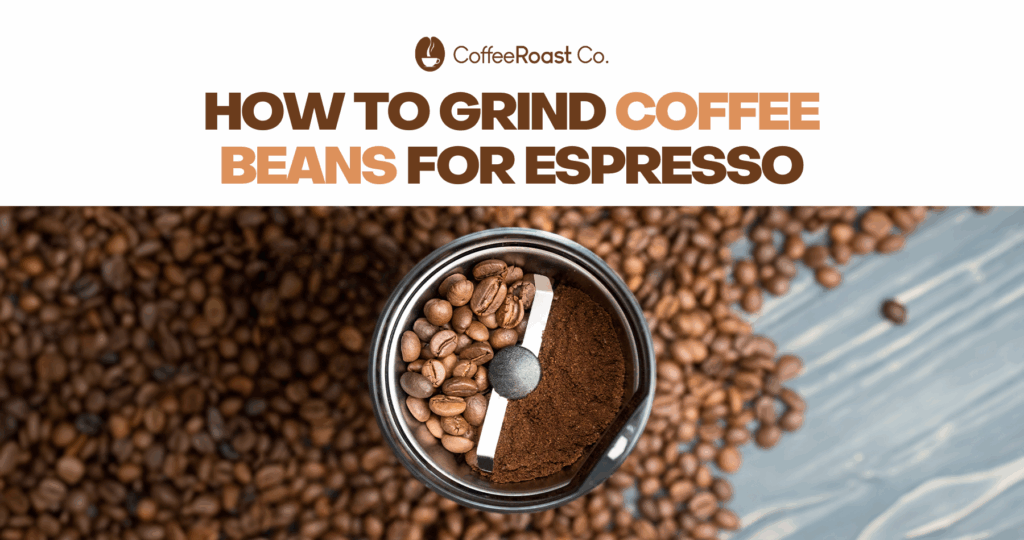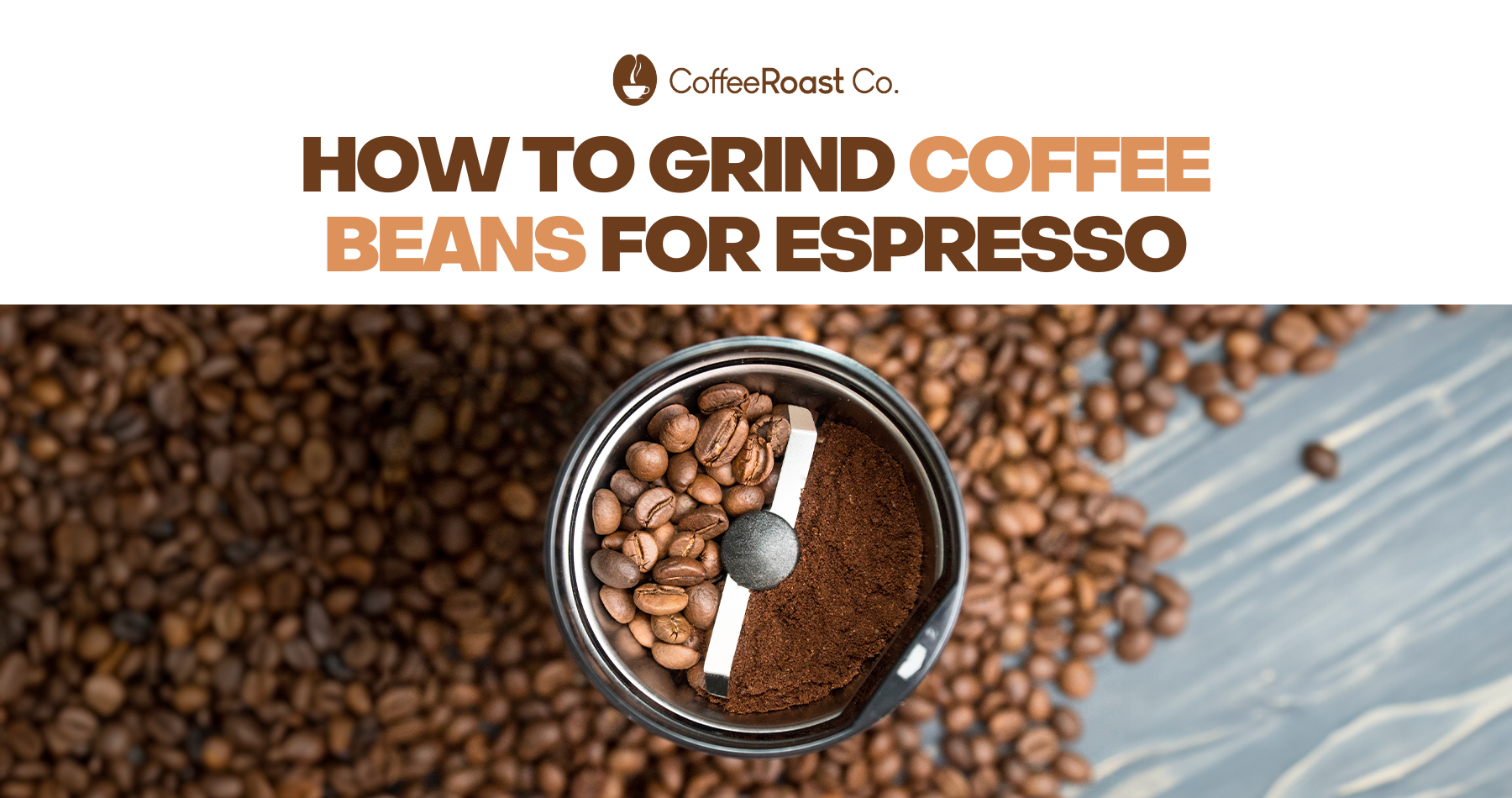
Unlocking the Perfect Espresso: What Beans to Use and Why
The quest for the perfect espresso is a journey of flavor, precision, and a deep appreciation for the humble coffee bean. At the heart of this endeavor lies a crucial decision: what beans to use for espresso. This seemingly simple question opens a world of possibilities, with each bean variety contributing a unique profile to the final cup. From the initial roast to the final extraction, every step plays a critical role. This article delves into the intricacies of bean selection, equipping you with the knowledge to elevate your espresso game from good to exceptional.
Understanding the Espresso Bean Landscape
Before diving into specific bean recommendations, it’s essential to understand the general characteristics that make a bean suitable for espresso. Unlike drip coffee, espresso brewing involves high pressure and short extraction times, demanding beans that can withstand these rigorous conditions. This typically translates to beans that are roasted darker, have a higher oil content, and possess a well-developed flavor profile. The roasting process is crucial; it’s where the sugars caramelize and the complex flavors develop, influencing the final taste of your espresso.
The bean’s origin significantly impacts its flavor profile. Factors like altitude, climate, and soil composition contribute to the unique characteristics of each bean. For example, beans grown at higher altitudes often exhibit brighter acidity and more complex flavors. Different regions of the world, such as Ethiopia, Colombia, and Brazil, are renowned for producing beans with distinct characteristics that cater to various espresso preferences. Understanding these origins can help you tailor your bean selection to your desired taste profile.
The Role of Roast Level
The roast level of the coffee bean is a major factor in determining its suitability for espresso. Generally, espresso beans are roasted darker than those used for filter coffee. This is because the darker roast develops more body, sweetness, and less acidity, making the espresso more robust and full-bodied. However, the degree of darkness can vary widely, from medium-dark to very dark. The best roast level depends on your personal preferences and the specific bean. Darker roasts are often associated with a more intense, bold flavor with notes of chocolate and caramel, while medium-dark roasts retain some of the bean’s origin characteristics, offering a more balanced cup.
Dark roasts are commonly favored for espresso because they are more forgiving in extraction. They tend to produce a consistent crema and a bold flavor even with less-than-perfect brewing parameters. On the other hand, lighter roasts require more precision and can be more challenging to extract correctly. The key is to experiment and find the roast level that best complements your preferred bean and brewing technique.
Top Bean Choices for Espresso
Now, let’s explore some of the most popular and well-regarded bean choices for crafting exceptional espresso. These selections are based on their flavor profiles, roast characteristics, and overall suitability for espresso brewing.
Arabica Beans
Arabica beans are the most widely cultivated coffee species, and for good reason. They offer a diverse range of flavor profiles, from bright and fruity to chocolatey and nutty. Arabica beans generally have a lower caffeine content than Robusta beans, which is preferred by many espresso drinkers. Some of the best Arabica beans for espresso include:
- Ethiopian Yirgacheffe: Known for its bright acidity, floral aroma, and complex flavor notes of bergamot and citrus. It’s a great choice for those who enjoy a more vibrant espresso.
- Sumatra Mandheling: Offers a full body, low acidity, and earthy, herbal flavors. It is an excellent option for those who prefer a more traditional, bold espresso.
- Brazilian Santos: Often used as a base for espresso blends, Brazilian Santos provides a balanced flavor profile with notes of chocolate and nuts. It’s a reliable choice for everyday espresso.
- Colombian Supremo: Offers a medium body and balanced acidity with notes of caramel and citrus. It is an excellent single-origin choice for espresso.
Robusta Beans
Robusta beans are known for their higher caffeine content, bolder flavor, and crema production. They often have a more bitter taste compared to Arabica beans. While some purists prefer Arabica, Robusta can add complexity and intensity to espresso blends. Popular choices include:
- Vietnamese Robusta: Known for its intense flavor and high caffeine content. It can contribute a strong, bold flavor to blends.
- Indian Robusta: Often used in espresso blends to add body and crema.
Espresso Blends
While single-origin coffees can be wonderful, espresso blends offer a unique opportunity to combine different flavor profiles and create a more complex and balanced cup. Blends typically combine Arabica and Robusta beans, with the proportions varying depending on the desired flavor profile. A well-crafted blend can provide the best of both worlds, offering a balance of acidity, body, and sweetness. When choosing a blend, consider the roaster’s reputation and read reviews to understand the flavor profile and the intended use.
Grinding and Brewing Considerations
Choosing the right beans is only the first step; proper grinding and brewing are equally important. Espresso requires a fine, consistent grind to ensure optimal extraction. A burr grinder is essential for achieving this consistency. The grind size should be adjusted based on the bean type, roast level, and brewing pressure. The goal is to achieve a balanced extraction, where the espresso is neither too sour nor too bitter.
The brewing process itself is a science. Espresso machines use high pressure to force hot water through the finely ground coffee. The water temperature, pressure, and extraction time are all critical factors that influence the final taste. Experimenting with these parameters is essential to dial in the perfect espresso for your chosen beans. The quality of your equipment also plays a role; a good espresso machine and grinder are investments that will significantly improve the quality of your espresso.
Storing Your Beans
Proper storage is crucial for preserving the freshness and flavor of your coffee beans. Store your beans in an airtight container, away from light, heat, and moisture. Whole beans retain their freshness longer than pre-ground coffee. It’s best to grind your beans just before brewing to maximize flavor. Avoid storing beans in the refrigerator or freezer unless you plan to use them within a couple of weeks, as this can affect their flavor and aroma.
Experimentation and Personal Preference
Ultimately, the best beans for espresso are those that you enjoy the most. The world of coffee is vast and full of possibilities. Experiment with different bean origins, roast levels, and blends to discover your personal preferences. Keep detailed notes on your brewing process, including the bean type, grind size, brewing parameters, and your tasting notes. This will help you refine your technique and consistently brew exceptional espresso. Remember that the journey of coffee discovery is a continuous learning process; the more you experiment, the closer you will get to your ideal cup. The key takeaway when considering what beans to use for espresso is that there is no single “best” answer. The perfect bean is the one you enjoy the most.
Conclusion: The Pursuit of Espresso Perfection
The quest to determine what beans to use for espresso is a journey filled with discovery, experimentation, and the pursuit of flavor. From understanding the origin and roast level to mastering the grinding and brewing process, every step contributes to the final cup. By exploring different bean varieties, experimenting with brewing parameters, and embracing the learning process, you can unlock the secrets of espresso and create an experience that is both satisfying and rewarding. The world of espresso is a fascinating one, and the knowledge gained in selecting the right beans is fundamental to this exciting pursuit.
The choice of what beans to use for espresso is a deeply personal one, reflecting individual taste preferences and the desire for a truly exceptional coffee experience. Embrace the journey, explore the possibilities, and enjoy the process of crafting your perfect espresso.
[See also: Related Article Titles]


